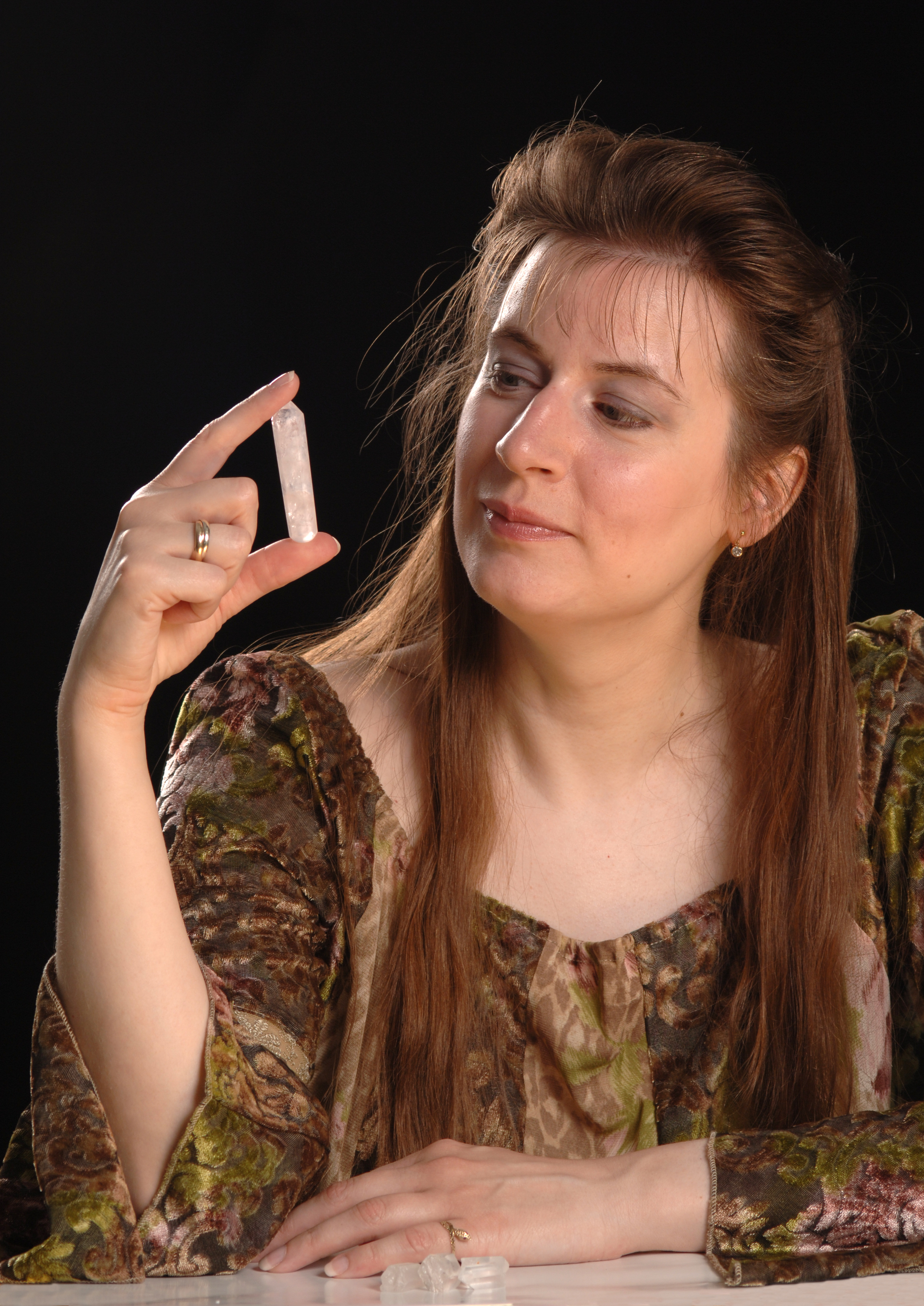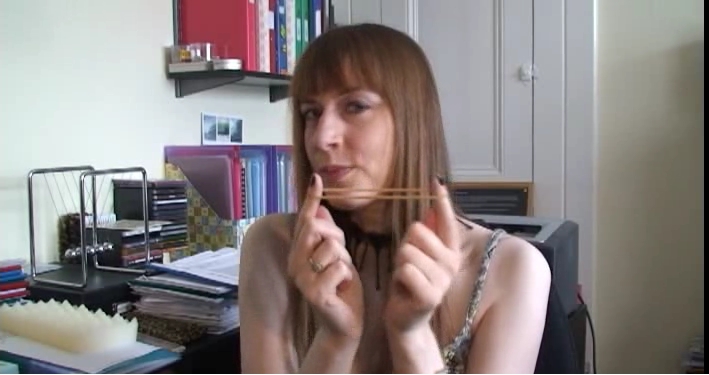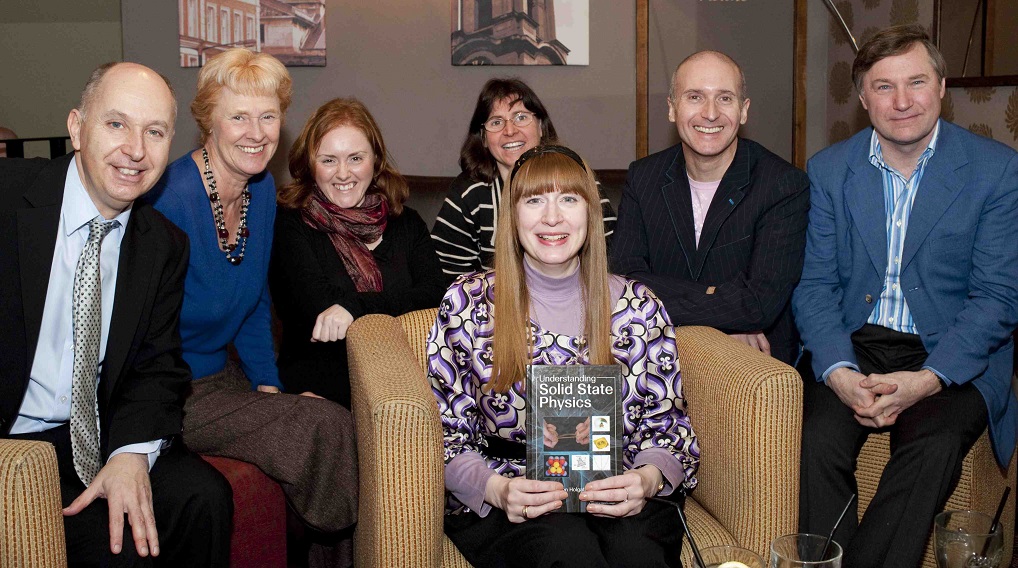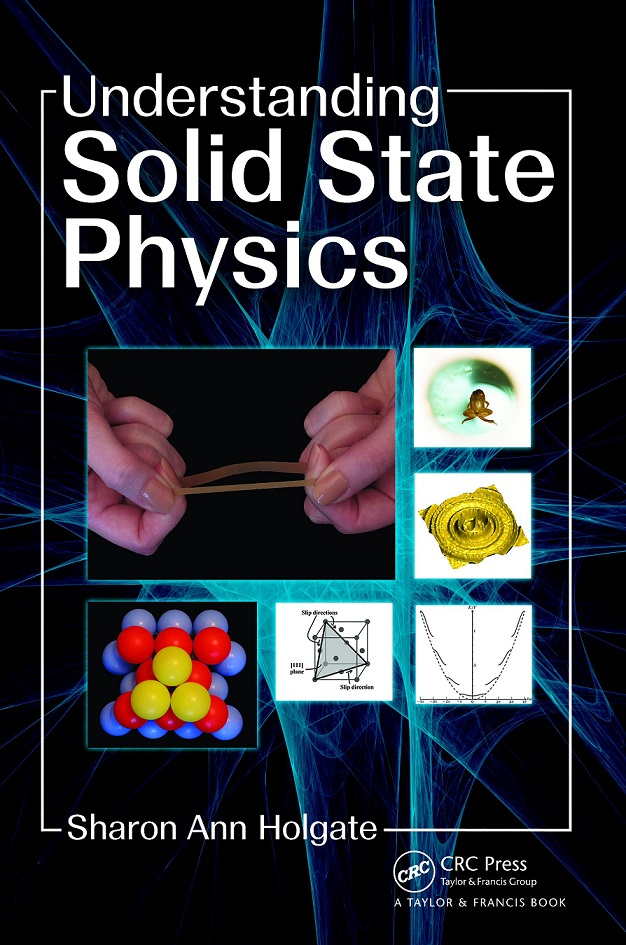
When you look at a solid object like this crystal, what do you see?
For years I’ve been fascinated by what lies beneath the surface of solids. So it’s not surprising that my favourite subject at college was materials technology, and that I became engrossed in solid state physics at university, going on to take a doctorate studying defects in solids. This interest led me to write Understanding Solid State Physics, an undergraduate textbook published by Taylor & Francis in December 2009.
My aim was to make the subject as easy to understand as possible—not only for physics students, but also for students and researchers in other subjects such as materials science, electrical engineering and chemistry. To help achieve this, I have written in a similar style to that of a popular science book, and included several fully-worked example questions/problems in each chapter—many of which allow readers to test their knowledge as they go along.
I have also highlighted contemporary research throughout the book, and emphasised the real-world applications of the topics being discussed.
Photo: Stuart Robinson 2005
Promo Video
You can hear more about the book in this video, which was recorded in the summer of 2009.
Video Quiz
If you’d like to test your knowledge of solid state physics, please have a go at my video quiz.

“With qualitative discussions, explanations of the science and how it relates to the everyday world around us, this promises to be an important work for students and general readers.”
Dr John Navas, Senior Editor, Physics, Taylor & Francis.
Book Launch Event
The picture below was taken during the UK launch celebration in London on 25th February 2010. From left to right seated behind me: Philip Diamond, Wendy Wilson, Nell Taylor, Tracey de Whalley, Bill Buckley, John Barrow.

Reviews
“The book is written in a very user-friendly and engaging style, as one might expect from a science writer/journalist. This way, the author succeeds in making the material approachable and interesting. The presentation is not as formal as most treatments. The emphasis is less on the theoretical and mathematical basis of the subject and more on the intuitive understanding of ideas and concepts, but the approach is fresh and the explanations are clear. What I like most of all is that it brings solid-state physics up-to-date, introducing modern topics and showing how the core ideas in condensed matter physics underpin so much of the technology we use today.”
Professor Andrew Boothroyd, Oxford University, UK
“I was indeed amused and inspired by the wonderful images throughout the book, carefully selected by the author. These images and corresponding contexts, together with the thoughtful considerations of the difficulties of the freshmen to solid state physics like me, who may find it hard to follow the maths in the classics like Kittel’s or Mermin’s fulfils very well the goal of the author.”
Yang Gan, Harbin Institute of Technology, P.R. China, UK Physical Sciences Centre Reviews, July 2010
“5 stars for each category – Academic Content, Usefulness to Student, Usefulness to Teacher, Meets Objectives, and Accuracy.”
Summary Review from UK Physical Sciences Centre Reviews, July 2010
“Holgate…presents a textbook for an introductory undergraduate course in physics that explains the underlying physical and mathematical principles that most such textbooks, perhaps unwittingly, assume the students already know. She also relates the theories and concepts to the real world, to demonstrate how learning a bit of physics can help people get by in life outside school.”
Annotation © 2010 Book News Inc., Portland, OR
